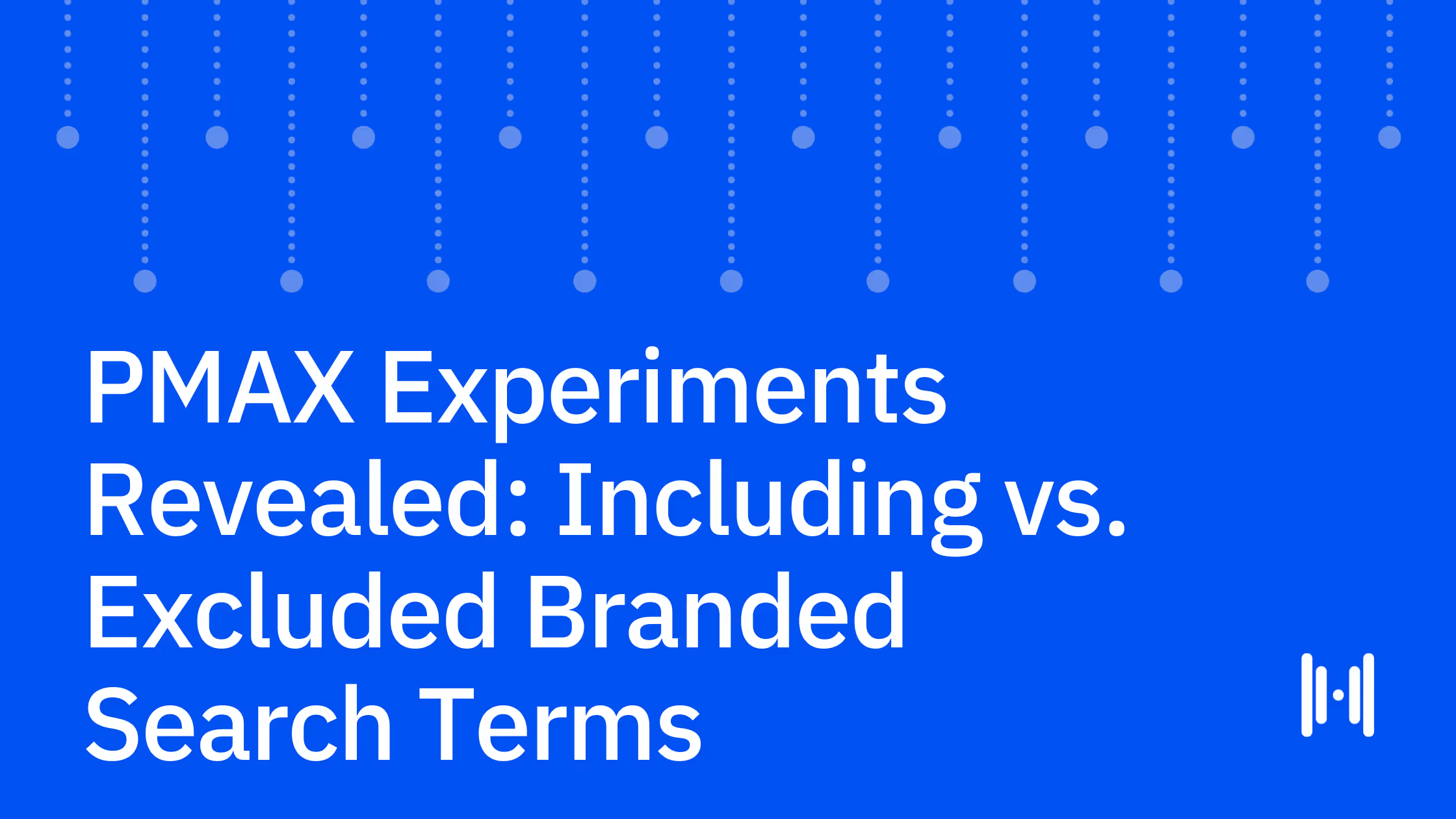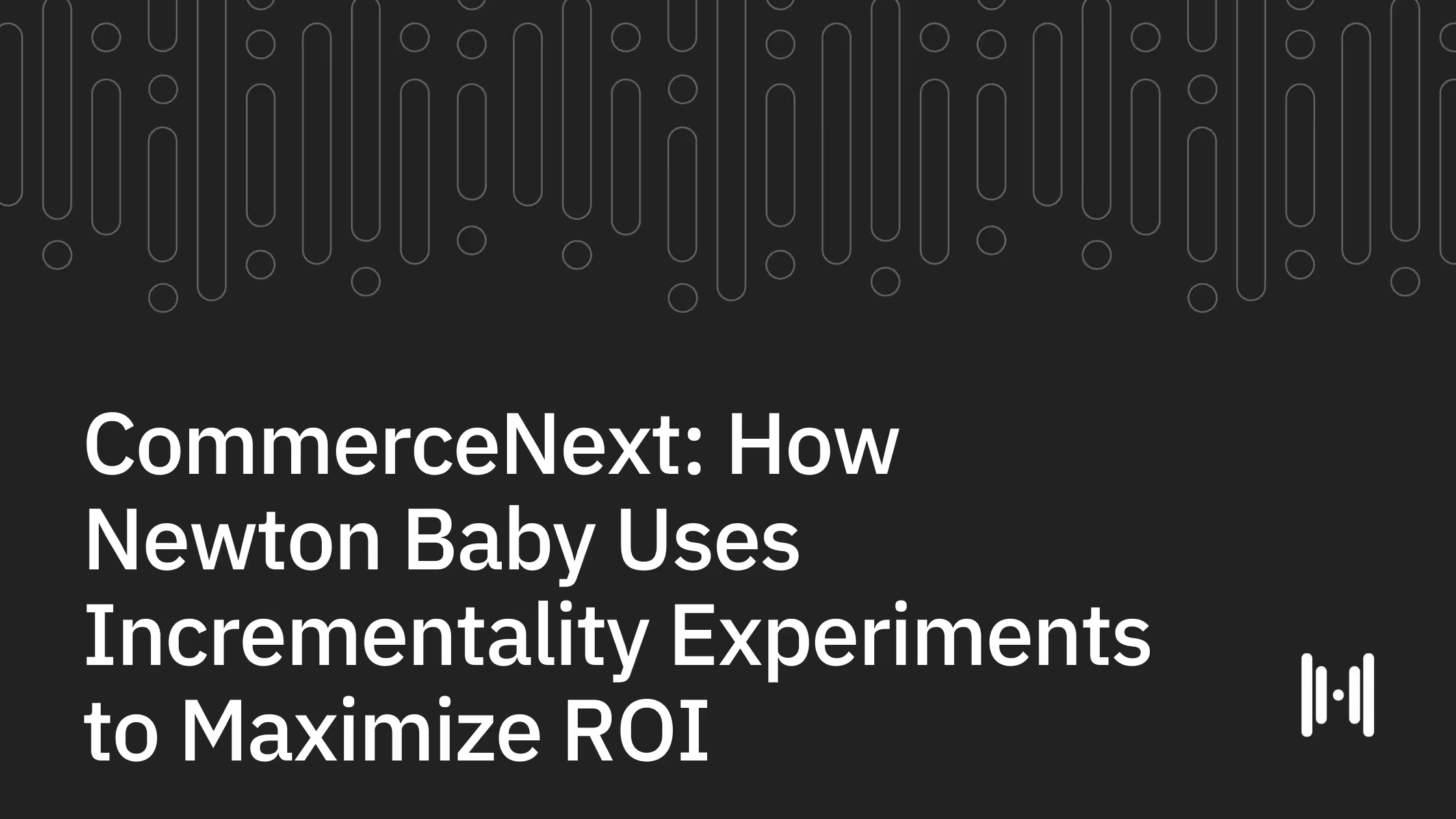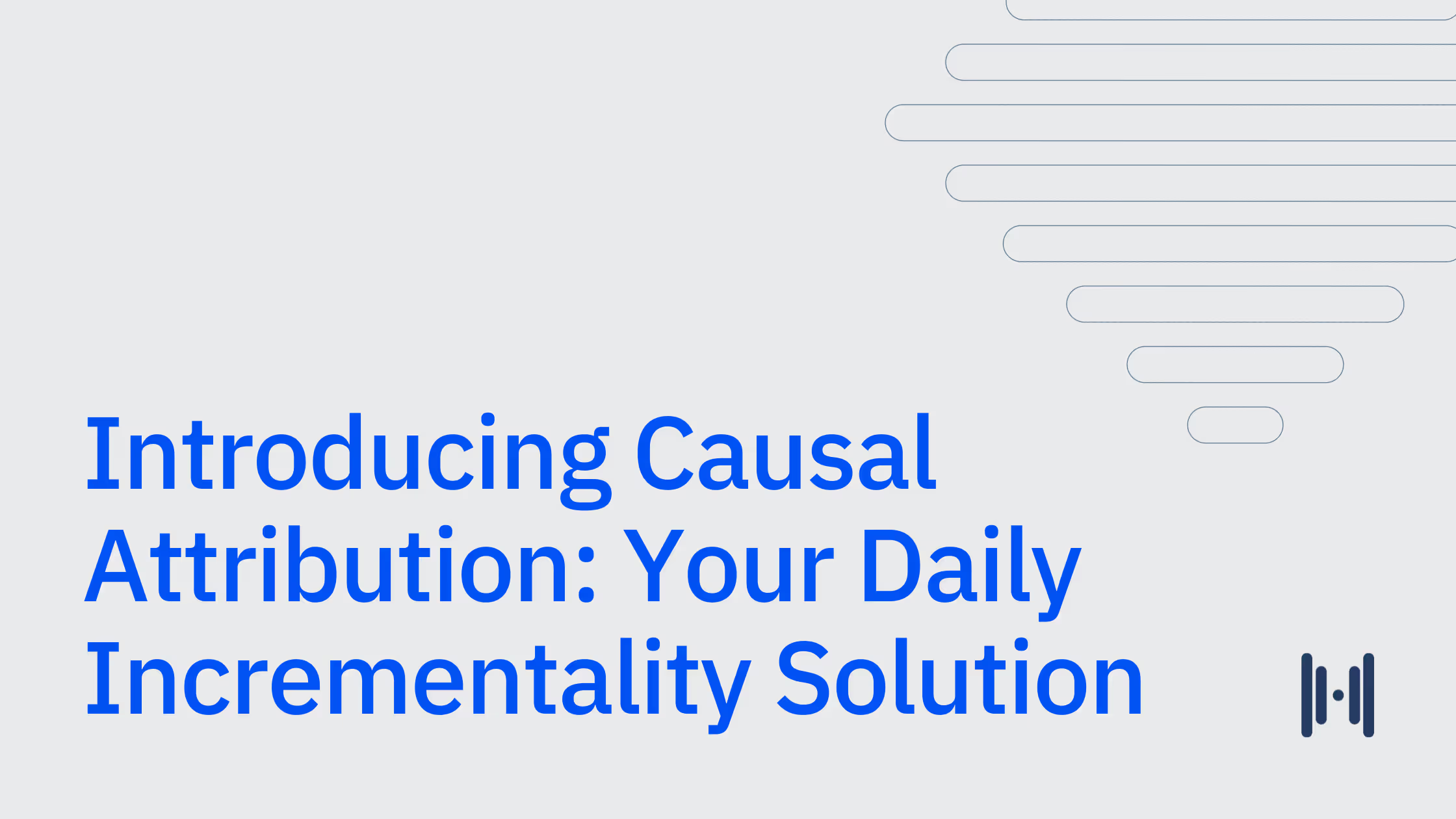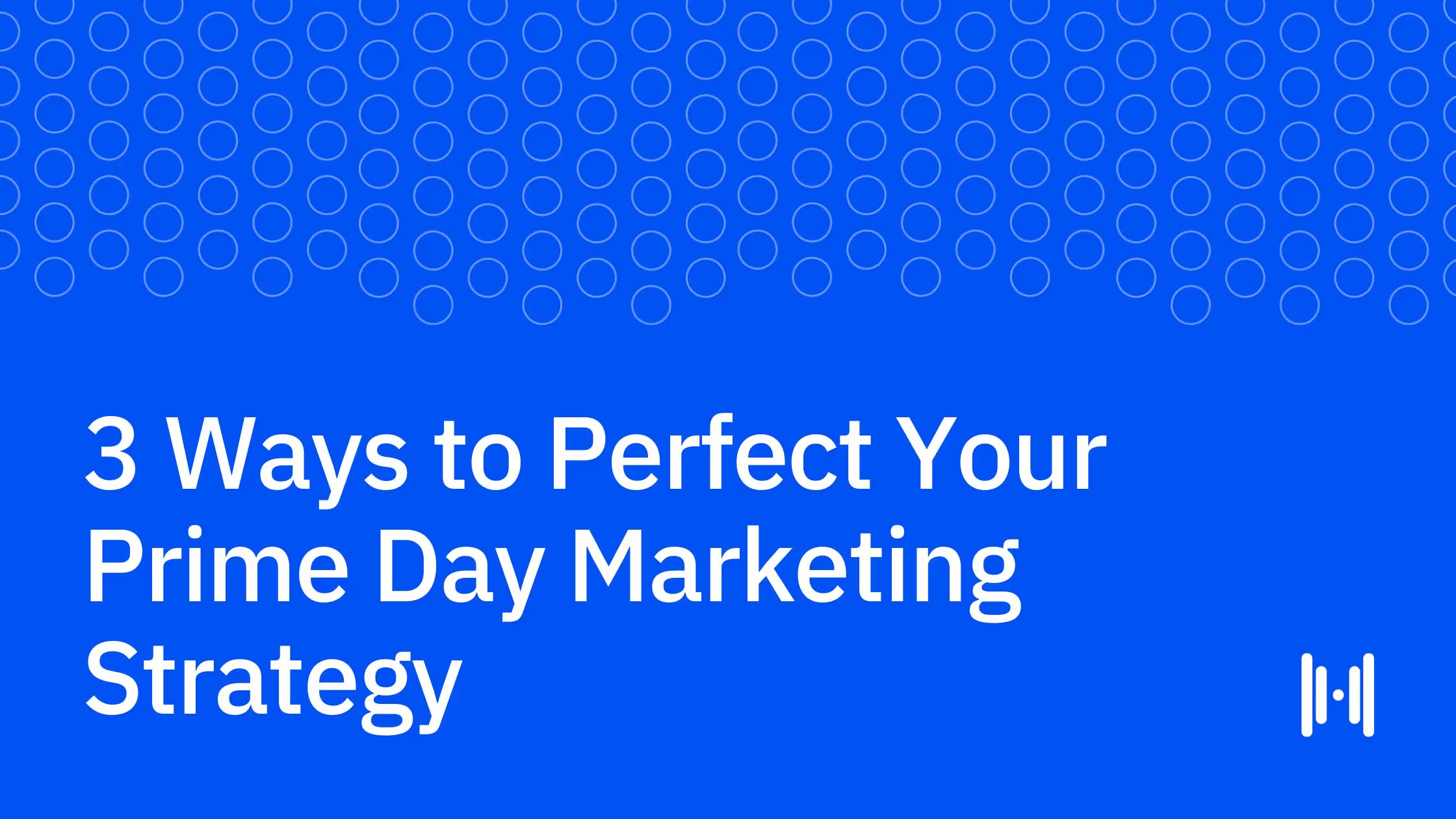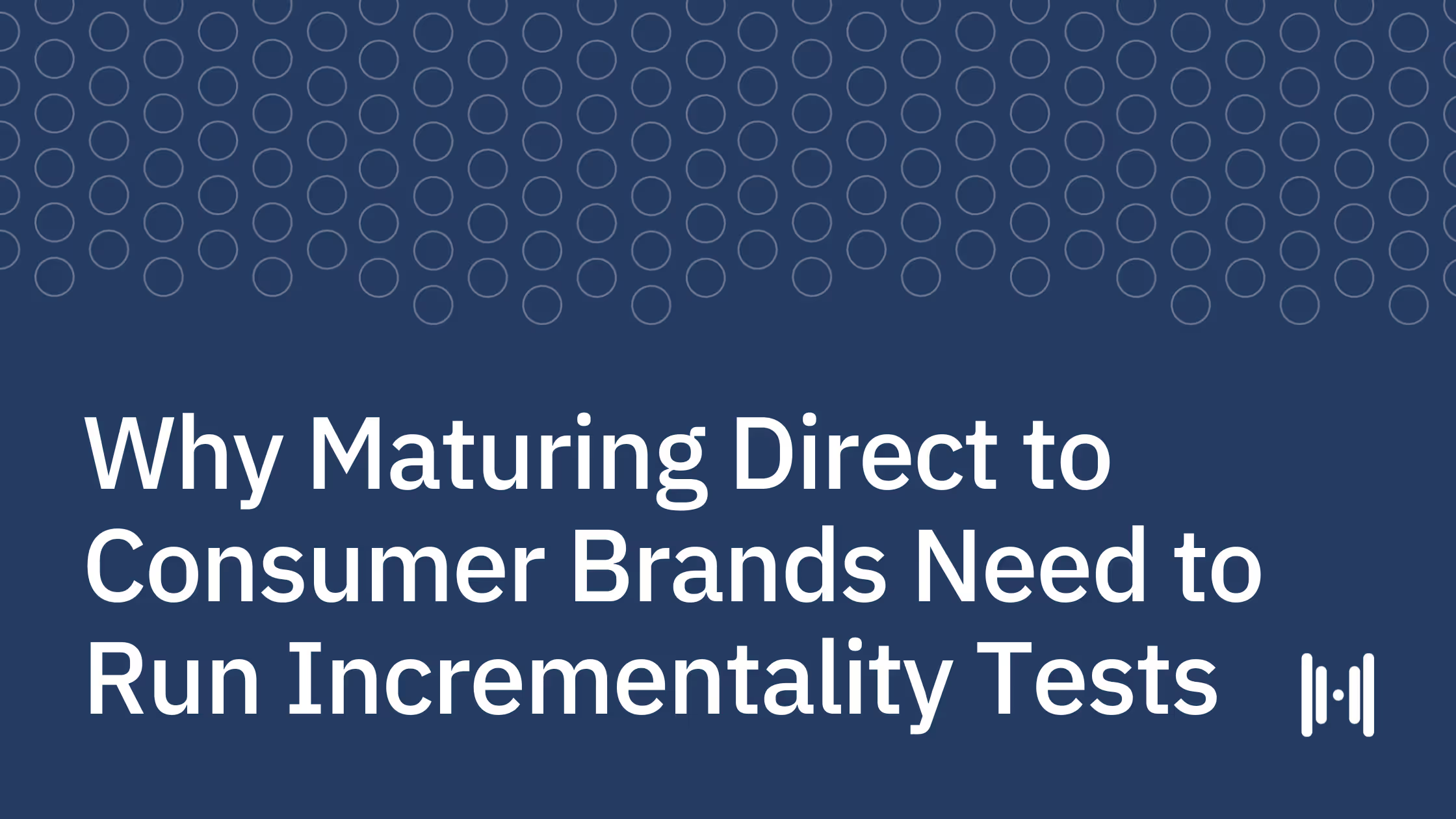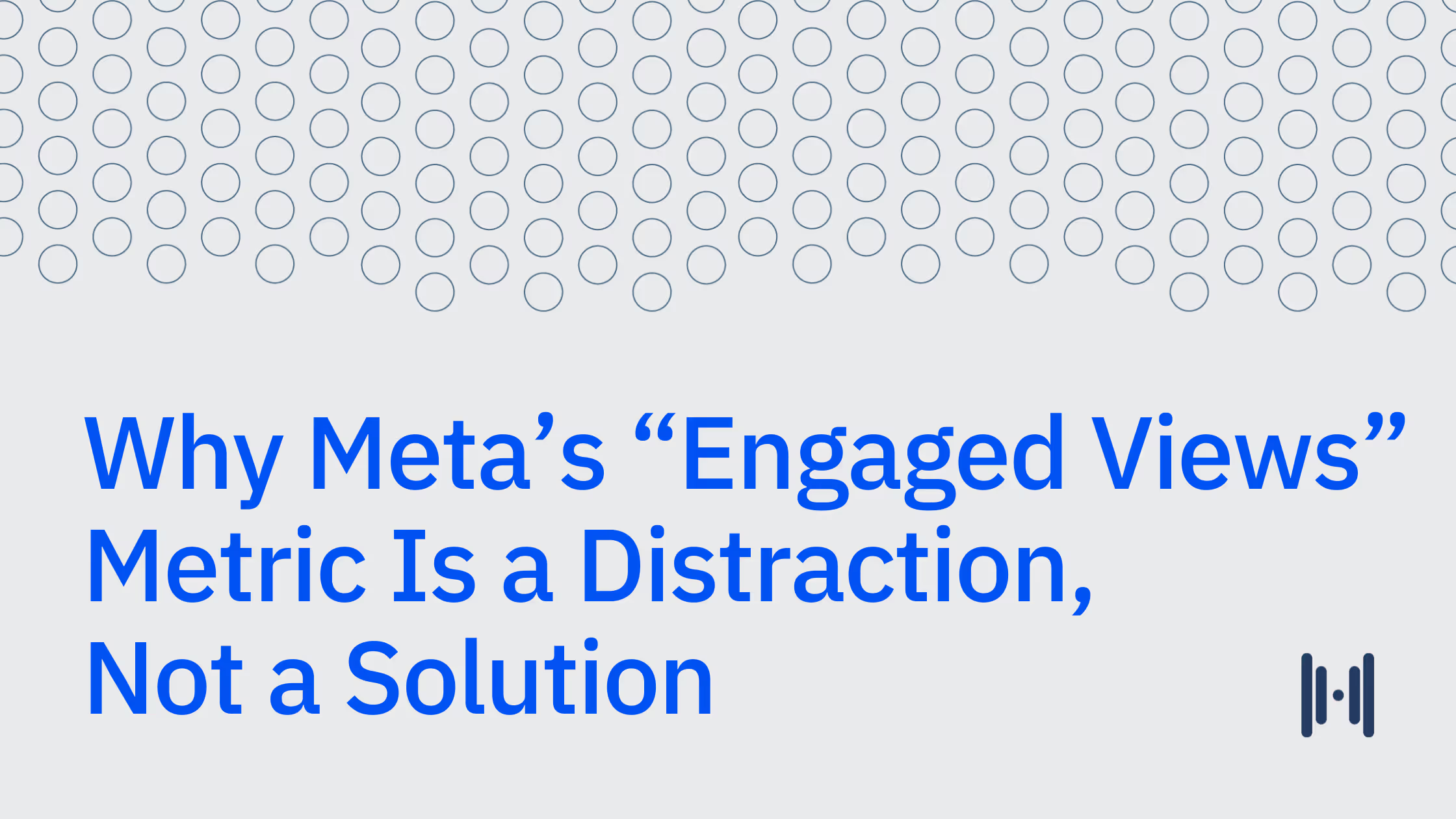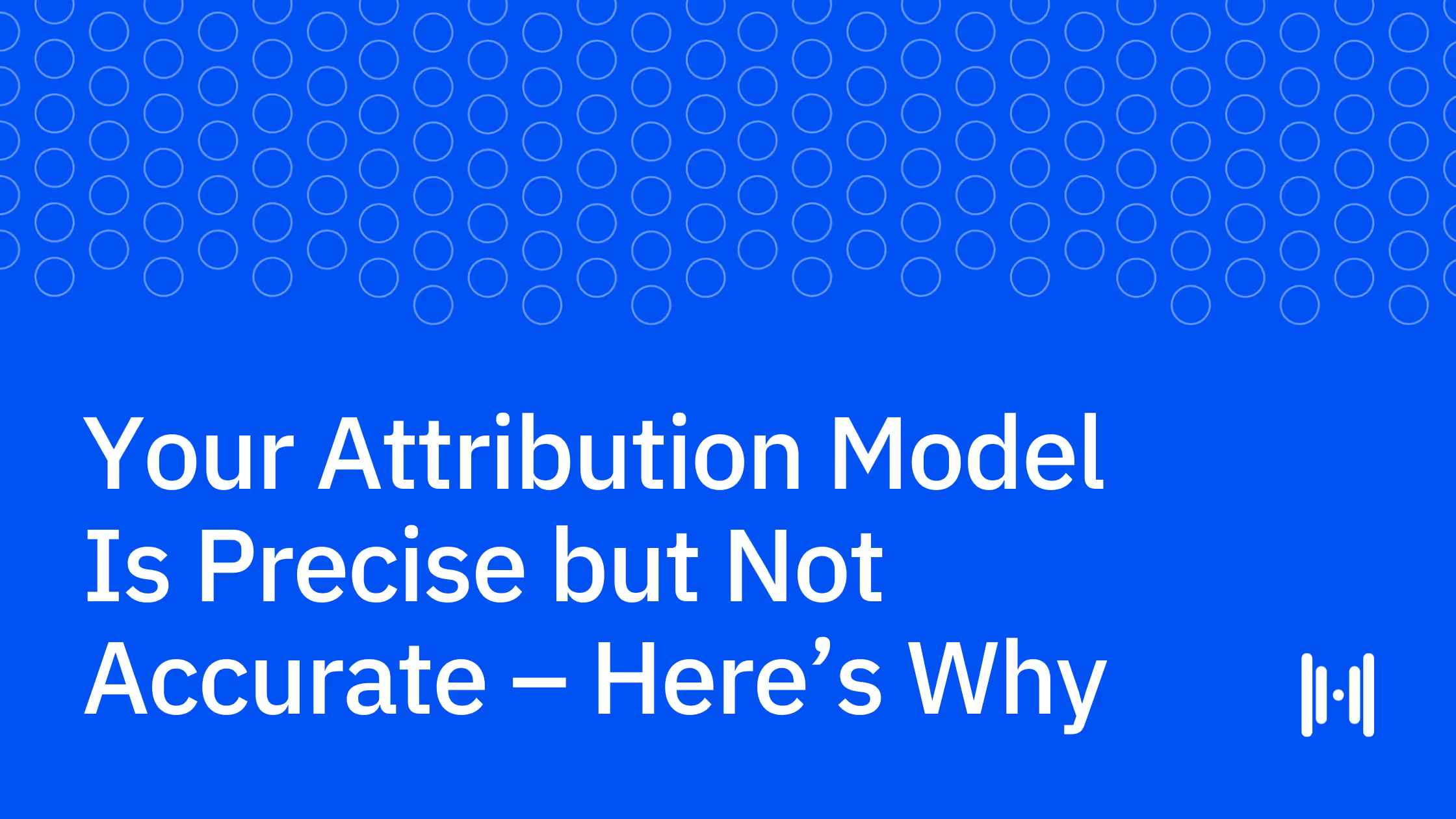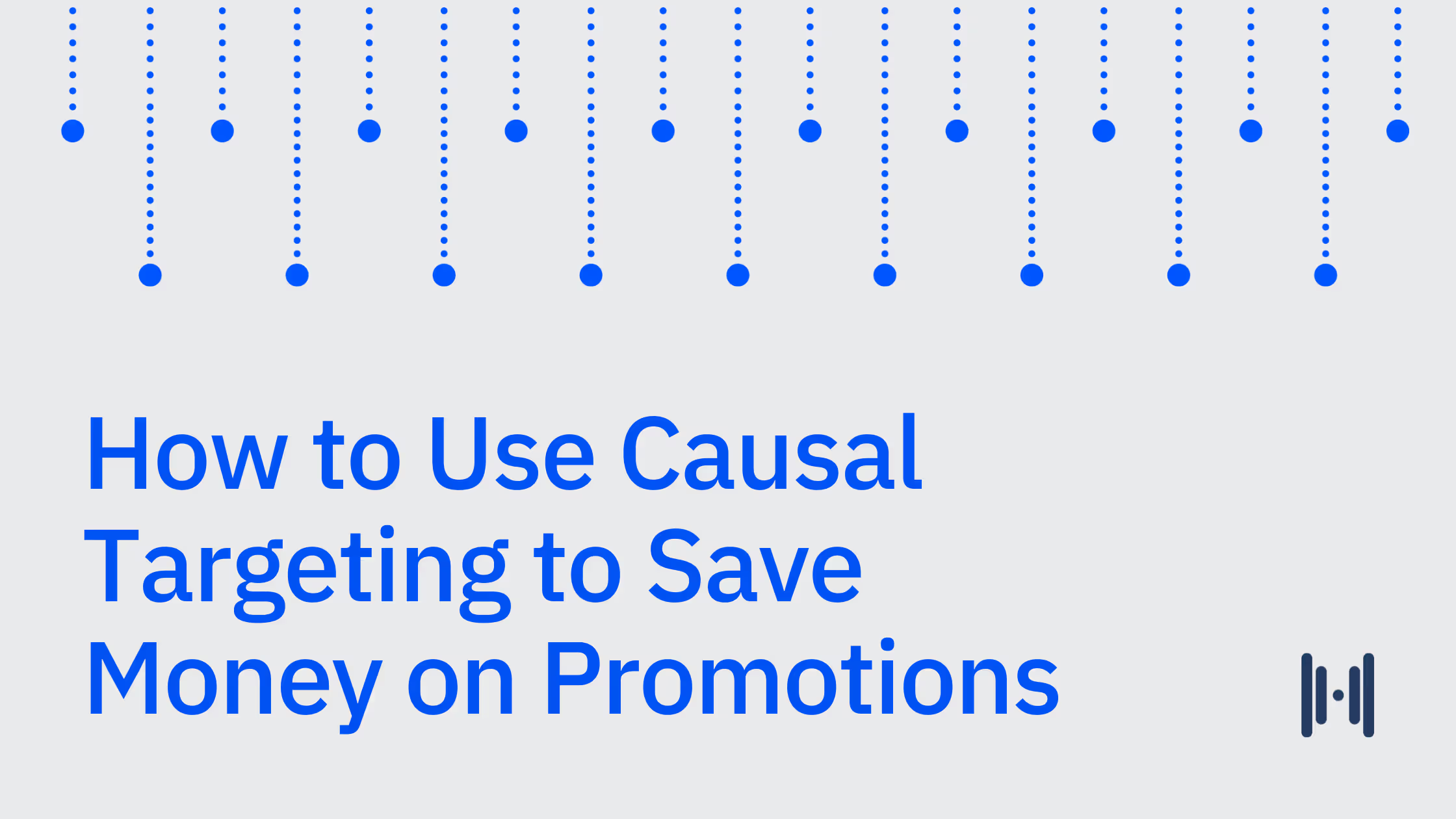2025: The Year of Privacy-Durable Marketing Measurement
Haus incrementality testing doesn’t rely on pixels, PII, or other data that may be vulnerable to privacy regulations.
Olivia Kory, Head of Strategy
•
Dec 28, 2024

Challenges in marketing measurement have existed since, well, basically the dawn of time. How does a brand know what marketing channels and tactics are effective? It’s infinitely easier said than done – especially considering most measurement solutions today rely on correlational analyses (ie: when Thing A happens, Thing B also seems to happen) rather than causal analyses (ie: Thing A explicitly causes Thing B to happen).
But table the correlation vs. causation challenge for just a moment – there’s another big reason marketing measurement has become more difficult for brands worldwide: data privacy regulations.
A broken backbone
As we note in the Haus Viewpoint, the backbone of the free internet was open data sharing and a complete lack of consumer privacy – consumers were the product, along with all of their behavioral and characteristic data. Companies could essentially track consumers’ every move and target ads based on these moves and other potentially sensitive data. But in 2016, GDPR came along, and the way that companies could use consumer data forever changed. On the heels of GDPR came other consumer privacy policies, like CCPA, iOS 14.5, and third-party cookie changes that aim to put control back in the hands of individuals. Not only can companies no longer track or target consumer behavior with pixel-perfect precision, but measuring marketing efficacy also takes a brutal hit as customer acquisition costs rise.
Ads are less effective, measurement is less clear, and many brands feel like they’re at a loss for understanding what’s working. This leads to more black-box products, more modeled conversions, and more reports that leave growth marketers scratching their heads. It leads to more wasted spend and fewer decisions rooted in clear, objective data.
Meta’s changes impacting health and wellness brands are just one example of consumer privacy regulations eroding an industry’s ability to responsibly manage their advertising budget. While it’s Meta today, it could just as easily be another platform tomorrow.
Existing measurement solutions – like multi-touch attribution (MTA) – are in a state of deprecation. Without a personal identifier, brands cannot map conversion paths across digital media channels – and, frankly, the extent to which these tools ever “worked” is questionable at best. Attribution rules across multiple touchpoints were arbitrary and hardly based on causality (or, as we say around here: they weren’t incremental).
Take control with incrementality testing
So: Is it all doom and gloom? Hardly. It’s 2025 – and this new privacy-driven world calls for privacy-durable measurement solutions. This is exactly why Haus exists: to provide brands with a trustworthy, reliable measurement solution that doesn’t rely on pixels, PII, or other vulnerable information. We believe that if you’re investing in paid media, you should have a clear and explainable understanding of what’s driving your business without having to depend on stitched-together third-party data that’s out of your hands.
Incrementality testing leverages geo experiments that you can set up and run in a matter of minutes without reliance on Google, Meta, or any other platform on which you advertise – online or off. Our platform does the math behind the scenes so you can deploy an experiment, establish a counterfactual that tells you what would have happened without the marketing intervention, and measure the incrementality of your efforts – without a worry in the world about privacy concerns.
Privacy-durable marketing measurement for modern brands – it’s real, it’s here, it’s Haus.
.avif)
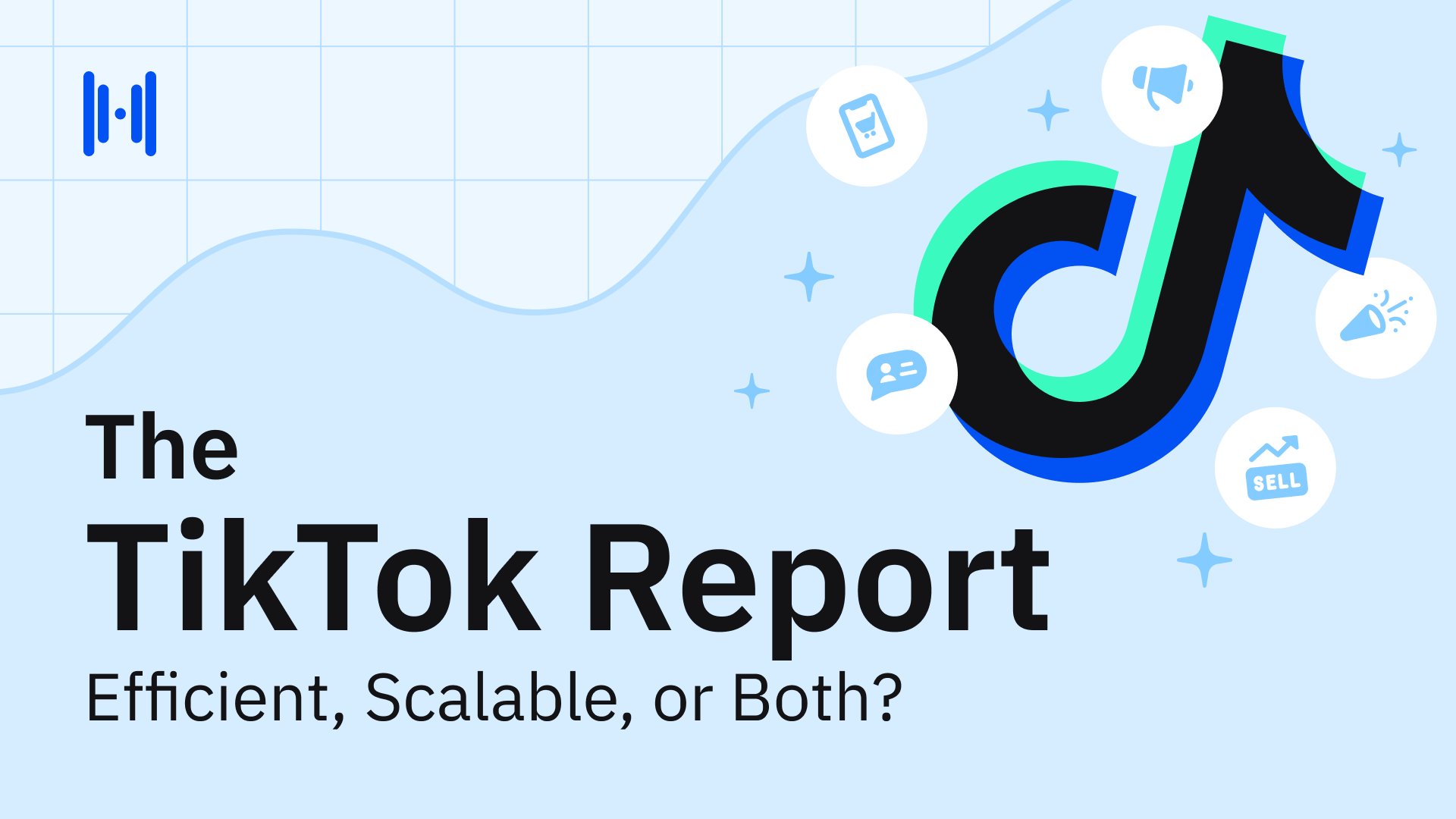

.png)
.png)
.png)
.png)
.png)
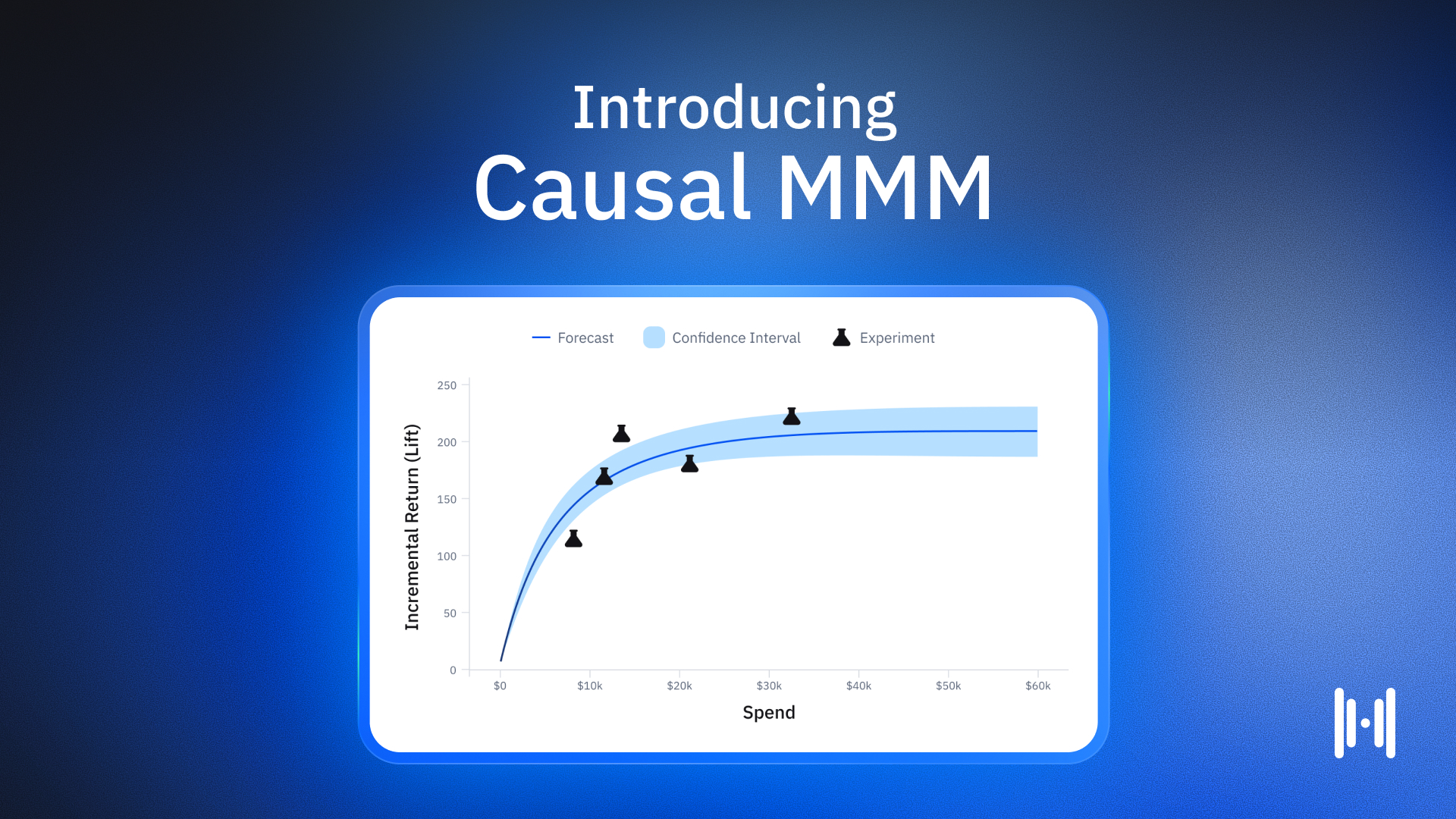
.avif)
.png)
.png)
.png)
.png)
.png)
.png)
.png)
.png)
.png)
.webp)
.webp)
.webp)
.webp)
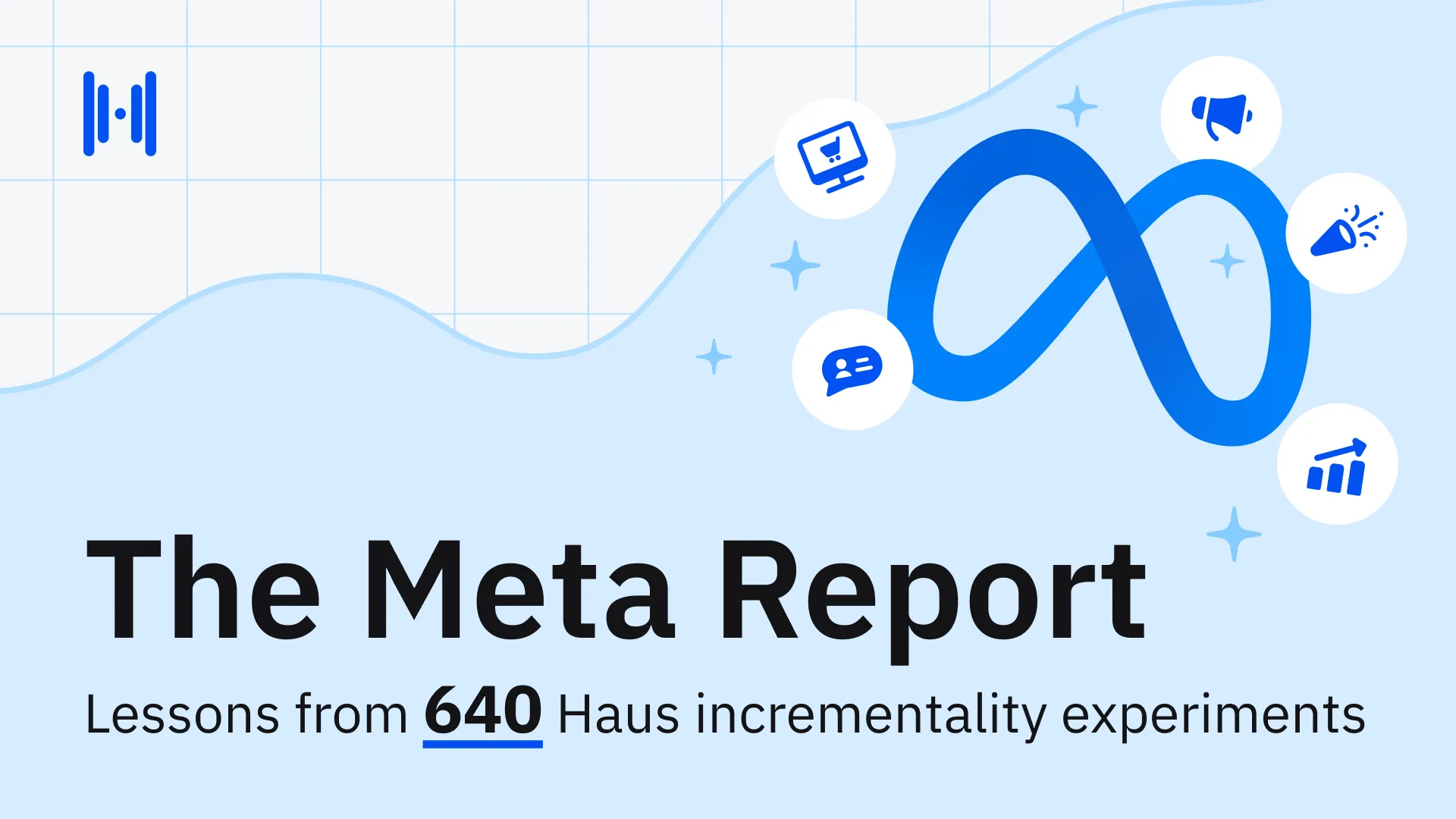
.webp)
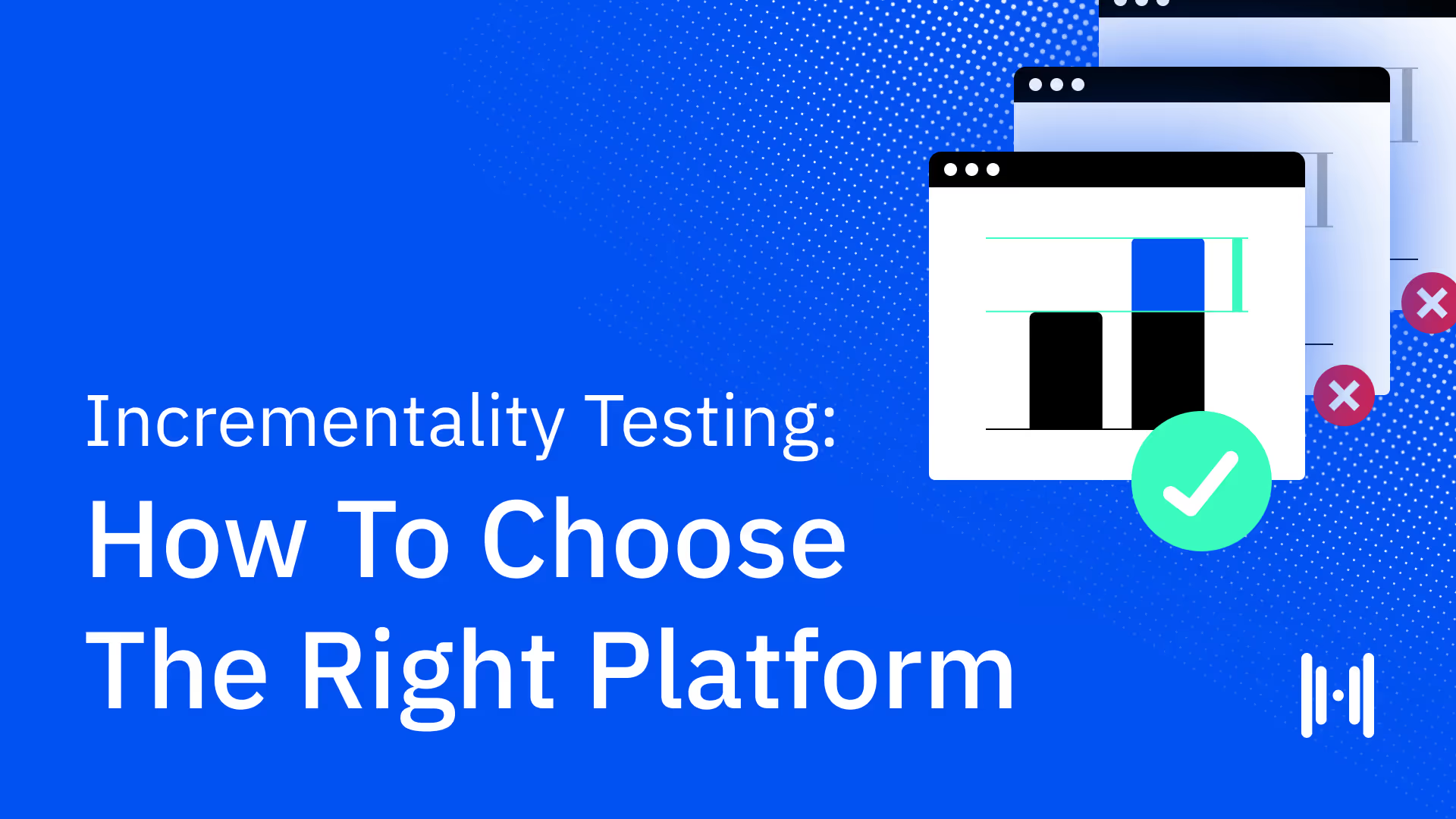
.webp)
.webp)
.webp)
.webp)
.webp)
.webp)
.webp)
.webp)
.webp)
.webp)
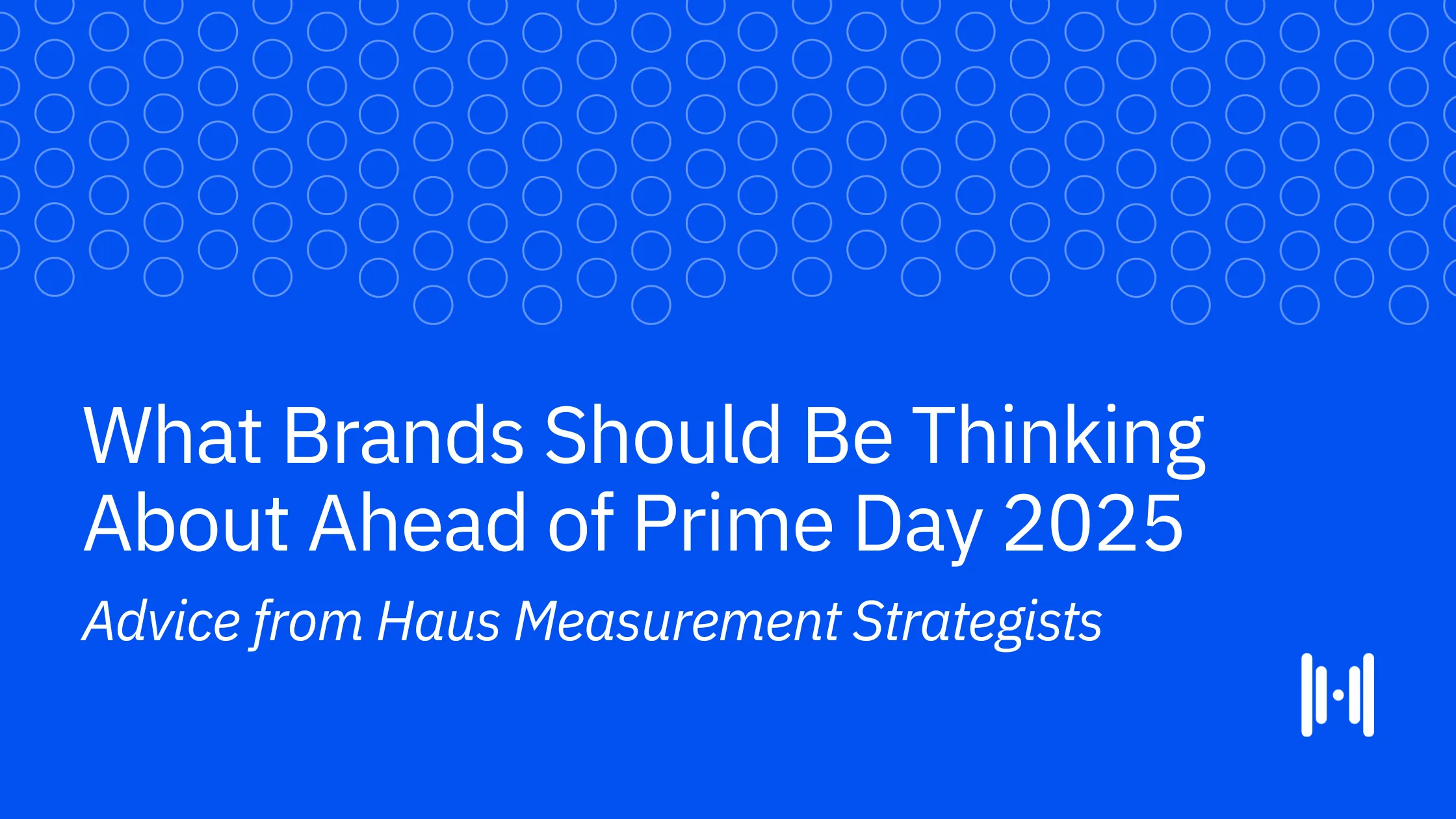
.webp)
.webp)
.webp)
.webp)
.webp)
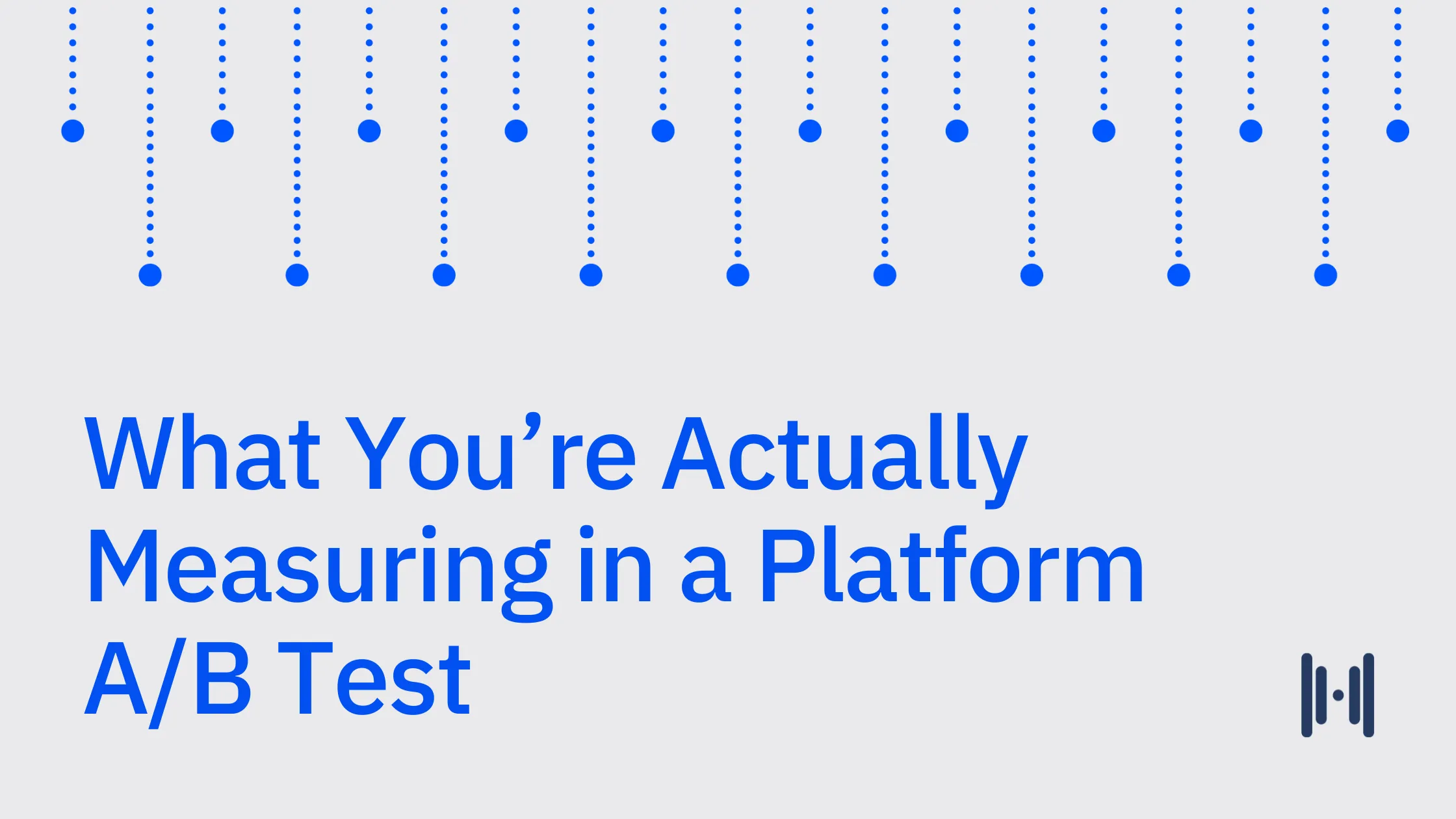
.webp)


.avif)
.avif)

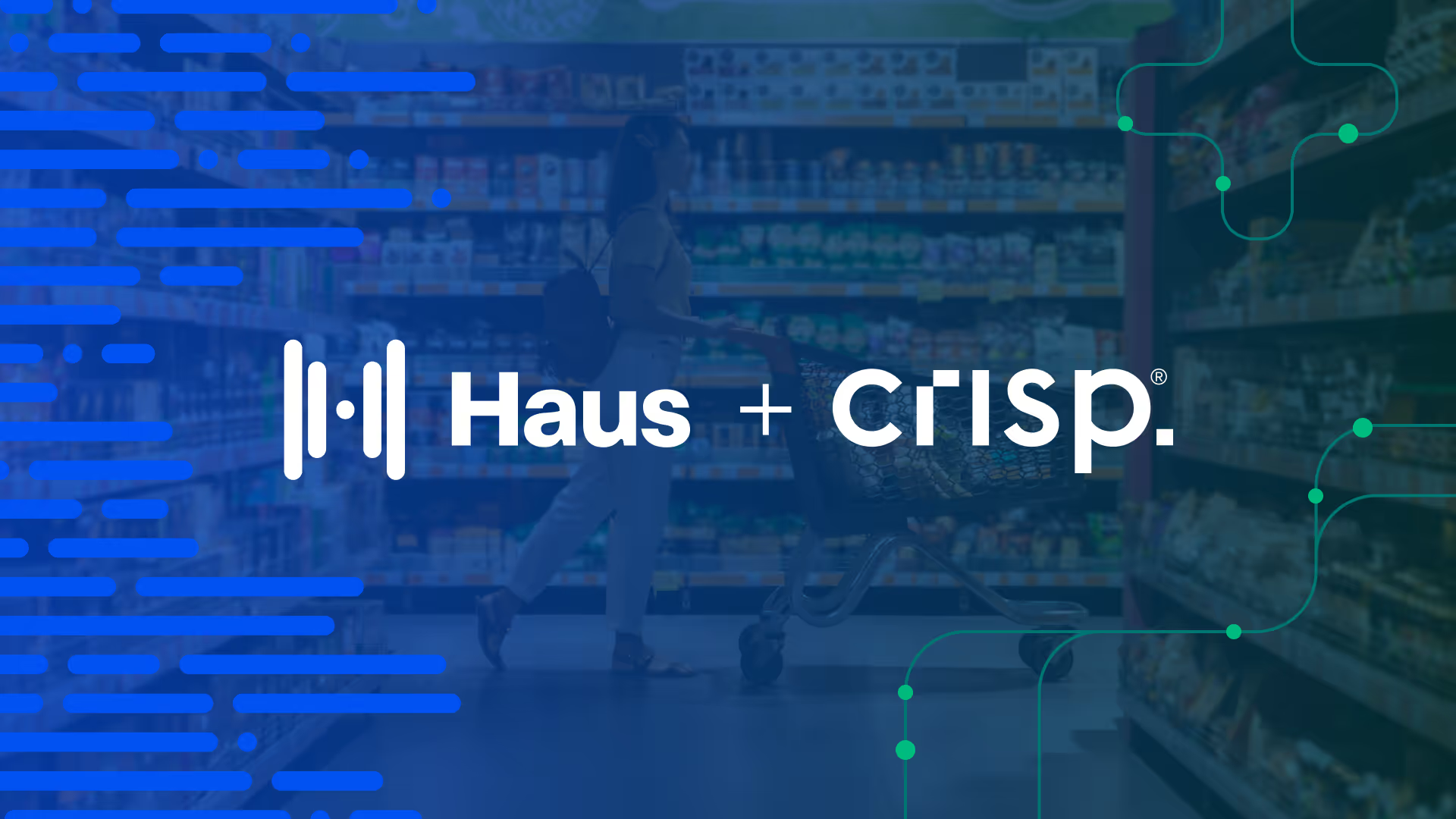

.avif)
.avif)
.avif)

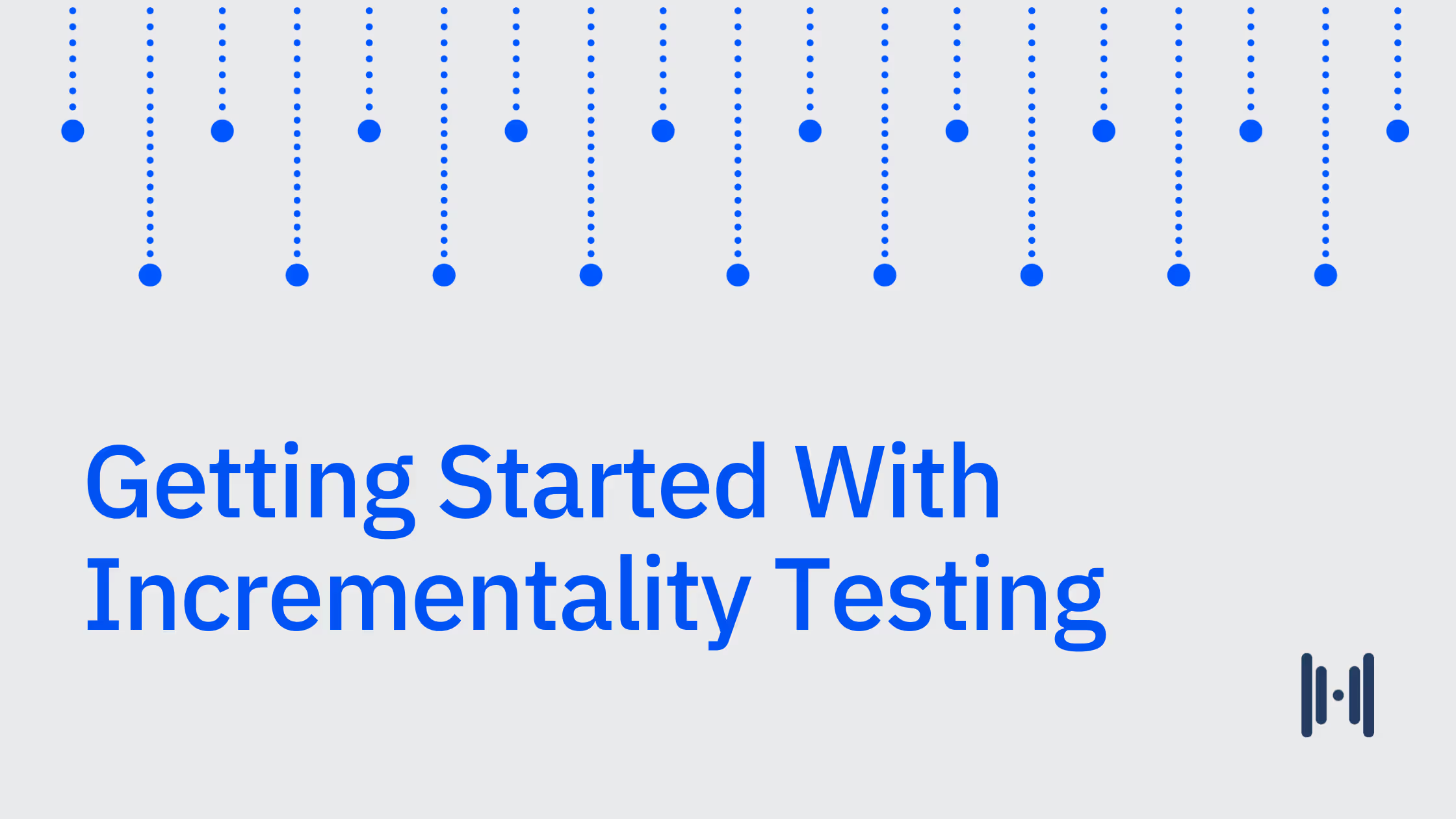
.avif)
.avif)
.avif)
.avif)
.avif)
.avif)




.png)
.avif)
.png)
.avif)
